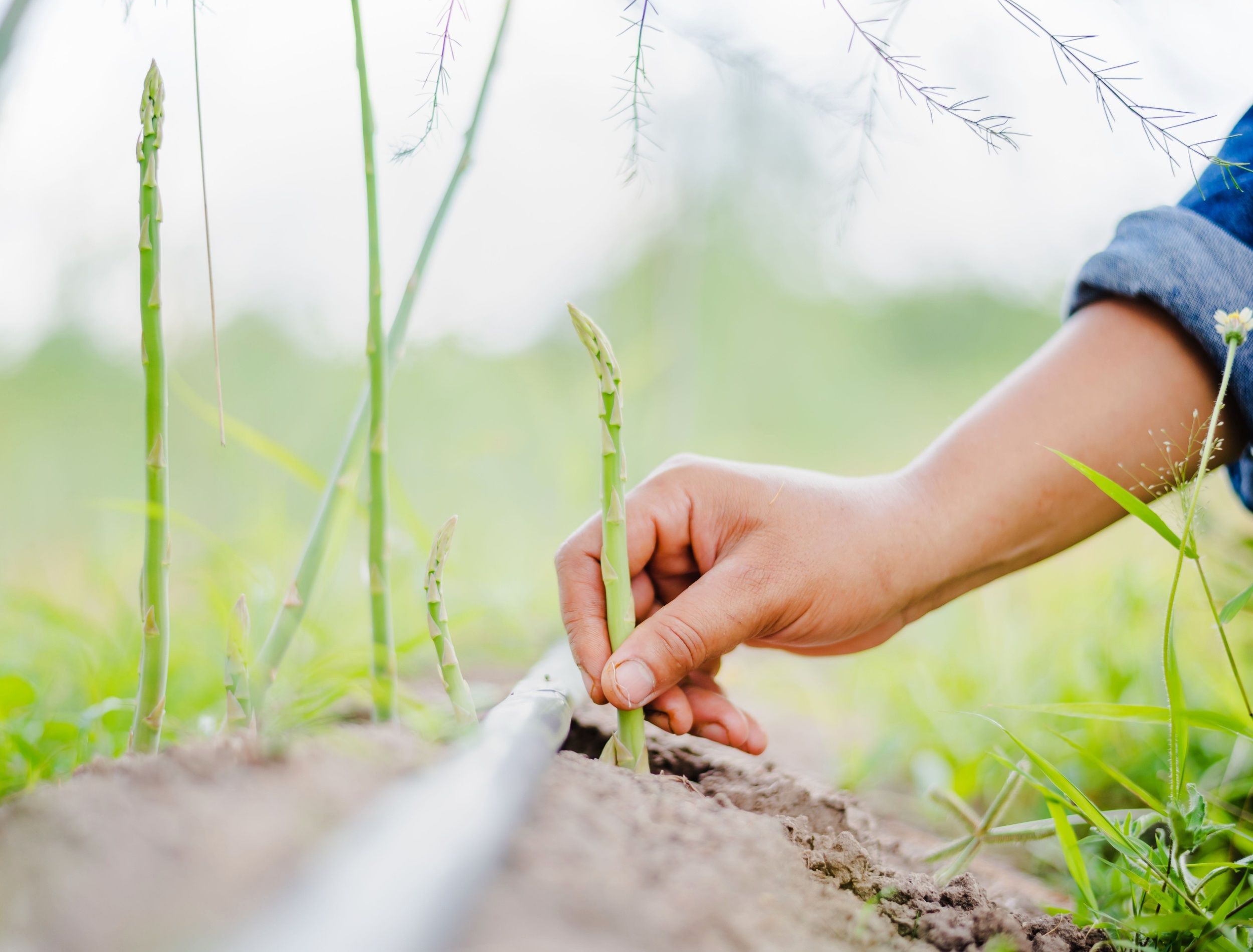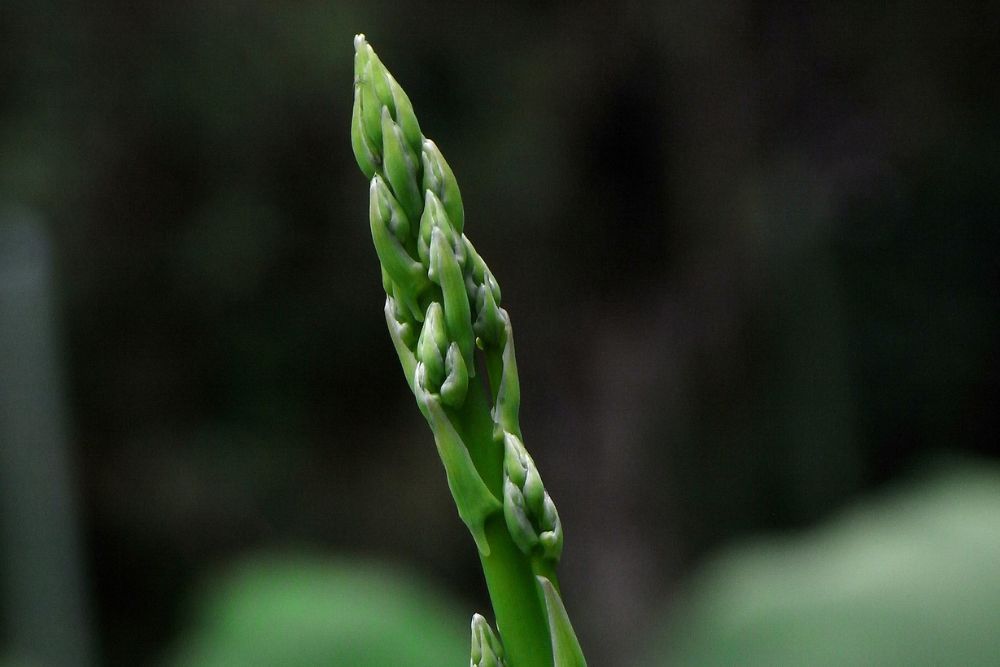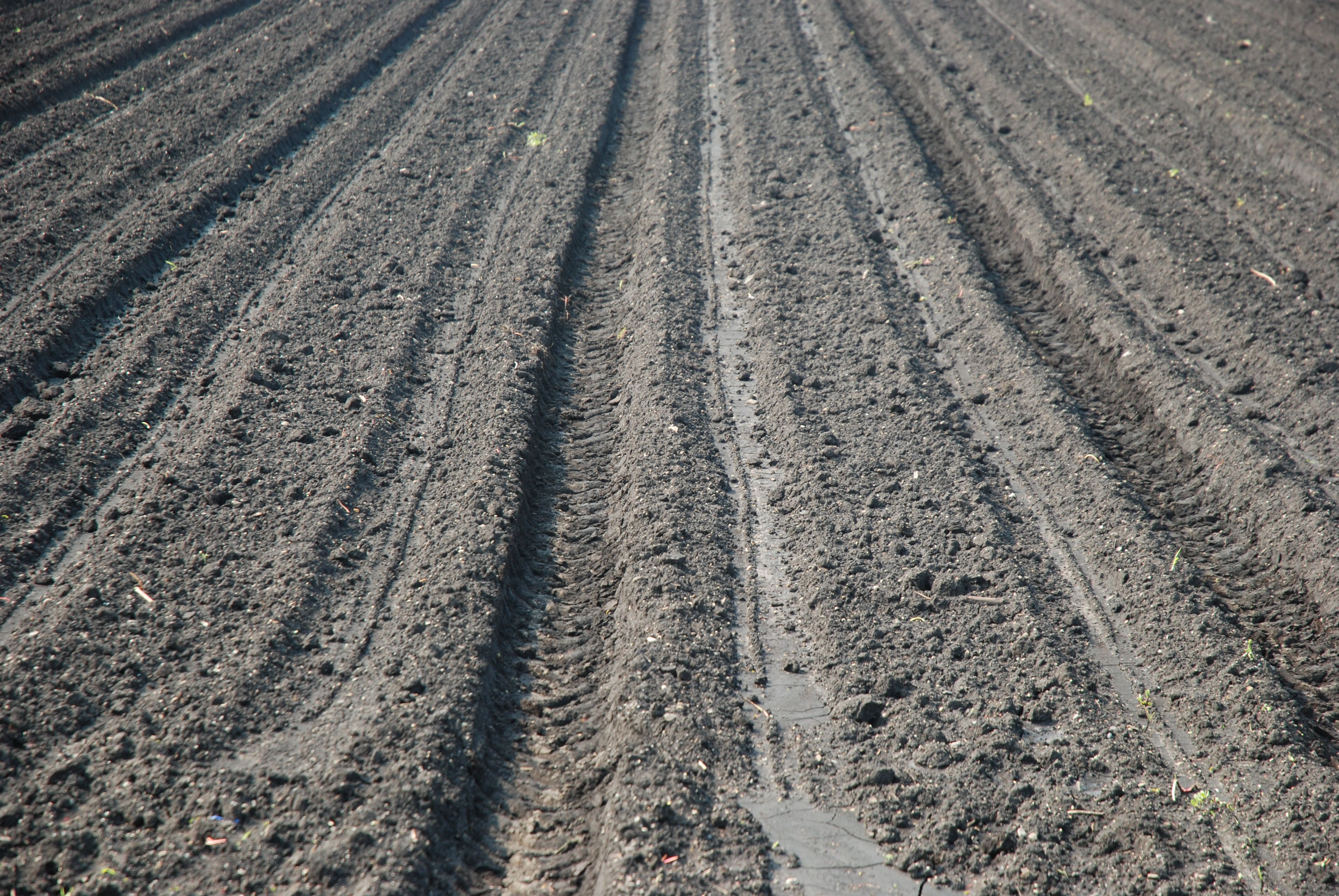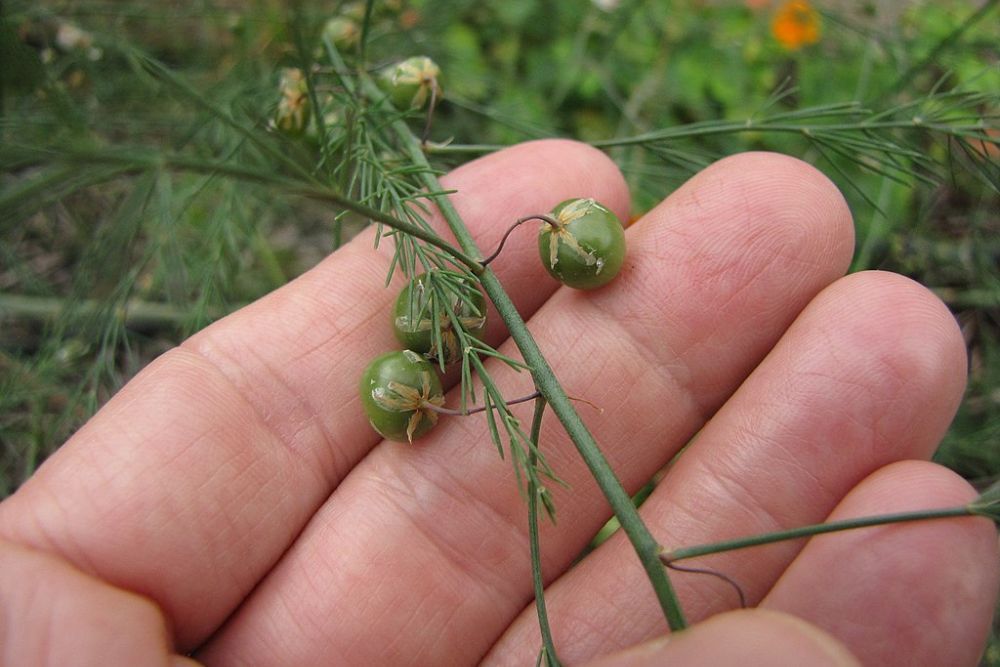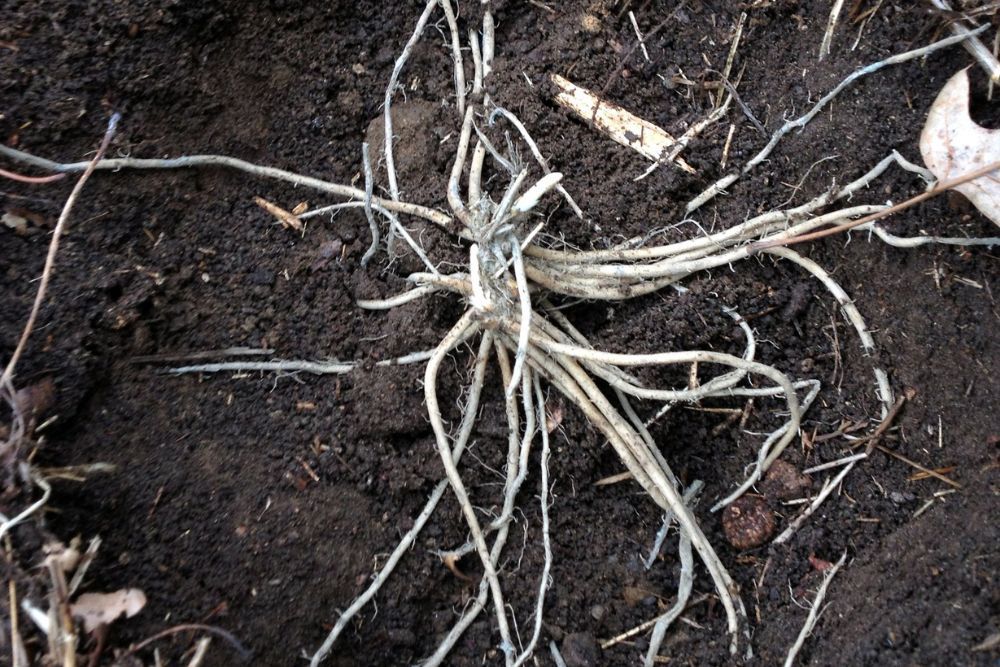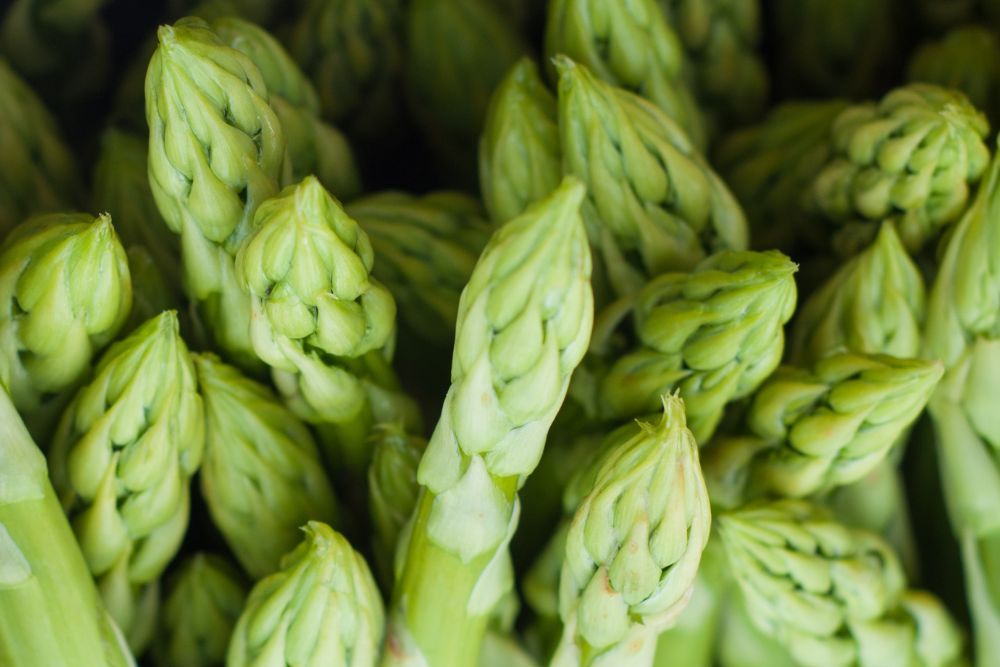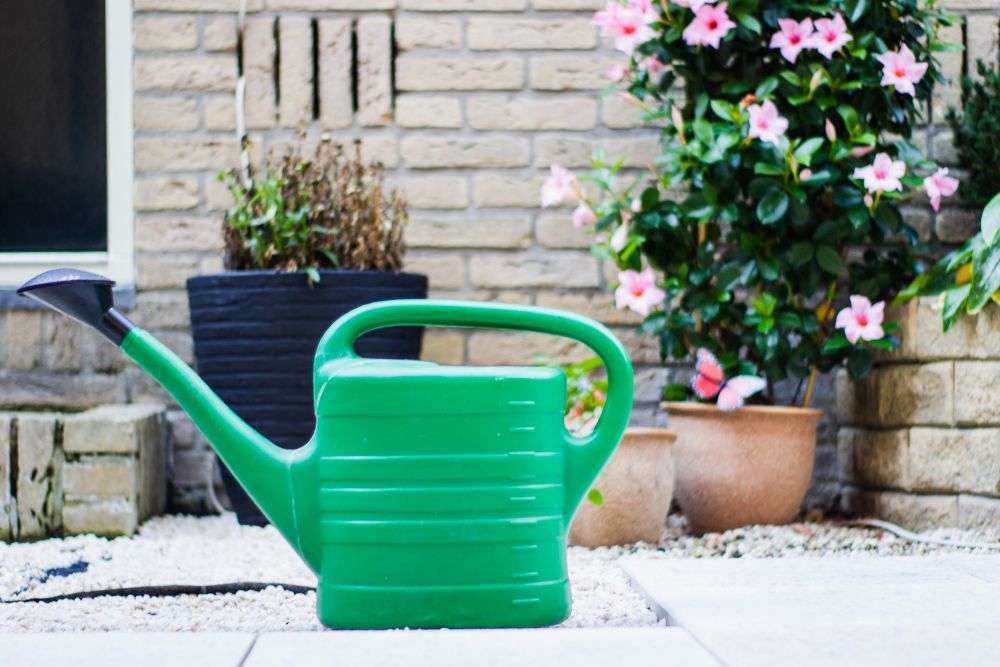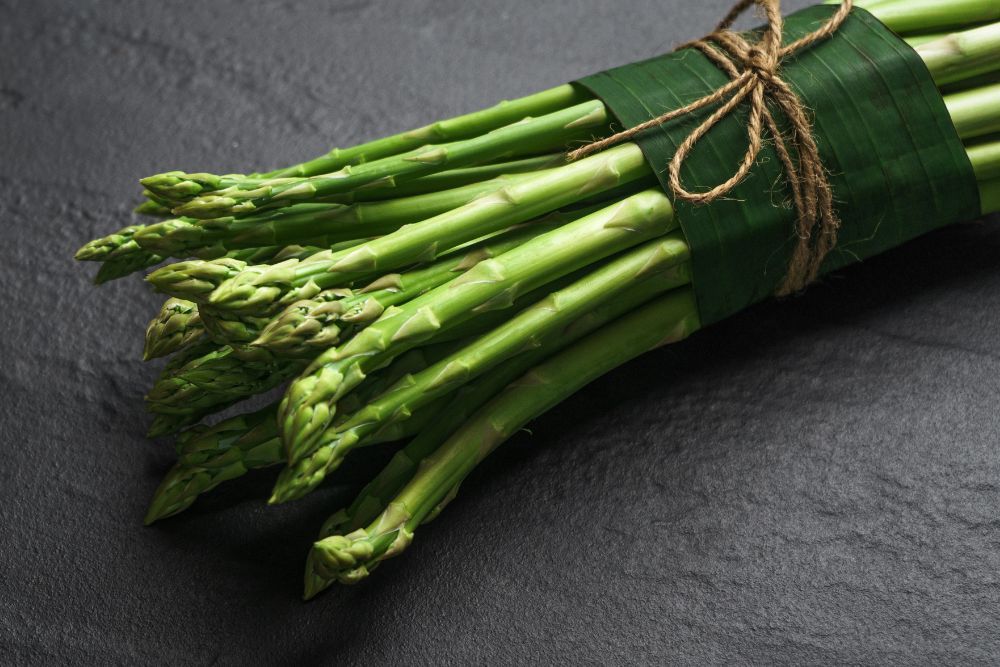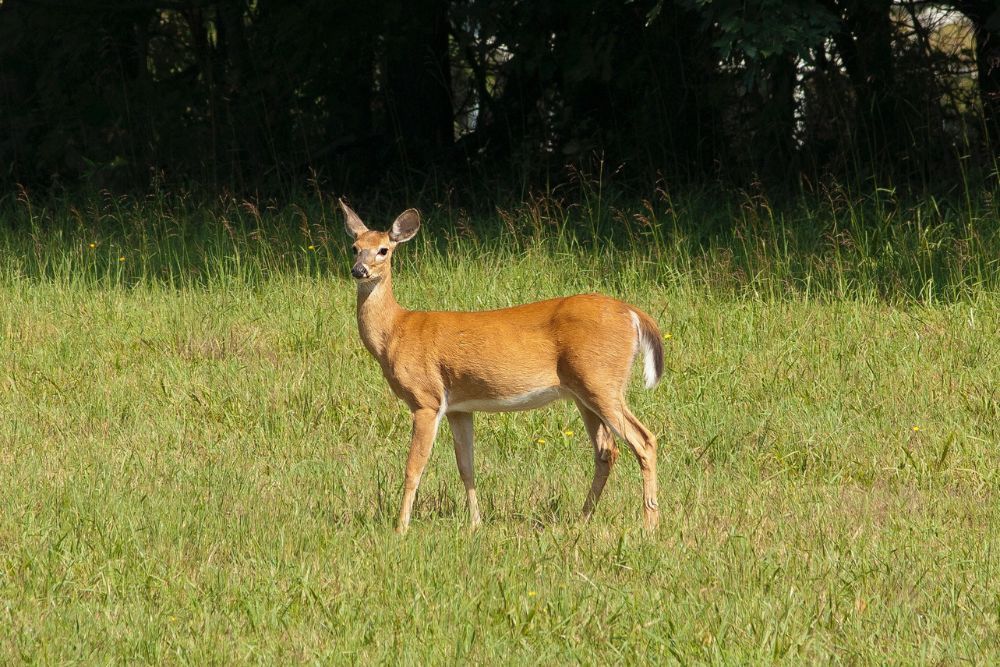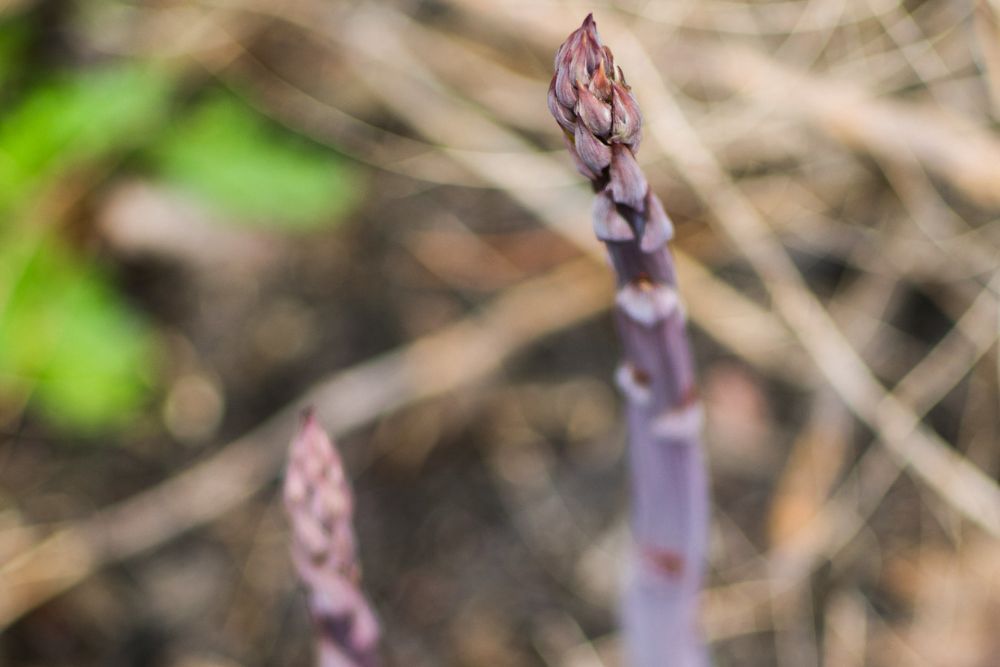If you are eager to jump in the garden and shake off the snowy days of winter, then asparagus is the perfect vegetable to add to your garden! Asparagus or asparagus officinalis, grows throughout the US in zones 3 to 10. It's one of the first vegetables that you can harvest in spring and is ready to pick as early as April or May!
Asparagus spears, at the very tips of the plant, are very flavorful. They beautifully complement a range of culinary dishes with their crisp refreshing taste. So, what are you waiting for? Discover nine top tips for growing asparagus in your garden and get set to enjoy a delightful vegetable for years to come.
Pick a Long-Term Location
Image credits: Ishikawa Ken via Flickr
Before you start digging in the garden bed, plan first. Asparagus is a perennial vegetable, which means it comes back year after year. Asparagus plants can actually live as long as 15 years! So make sure to plant it somewhere you will happily look forward to seeing it for the next decade.
While you're planning a great garden location, keep in mind that asparagus thrives in full sun. For best success plant it where it will get at least eight hours of sunlight every day.
Pro Tip: Watch out for shrubs or hedges nearby that could grow too tall and cast shade over your asparagus. You don't want your asparagus plant to struggle for sunlight after a few years because the nearby shrubbery is crowding it.
Prepare Garden Beds
Image credits: kconnors via Morguefile
Once you have the perfect spot, then it's time to prepare your garden beds for your asparagus crowns! You can begin setting up your garden beds in autumn by mixing in about 20 percent of organic compost material to the topsoil. This will provide additional nutrients.
Then, in spring, dig garden trenches that are 6 to 8 inches deep and 12 to 18 inches wide. Leave 4 to 5 feet of space between the rows of trenches to allow room for the plants to grow.
Growing Asparagus at Home
Plant From Seed
Image credits: Forest & Kim Starr via Flickr
When planting asparagus, you have the option to grow it from seed or from crowns. Growing asparagus from crowns is far more popular, but it is possible to cultivate it from seed. In order to grow this veggie from seeds, pick a separate spot in your garden with sandy soil that will act as a nursery -- they'll stay here for the first year of growth. Sow seeds 1 inch deep and 2 to 3 inches apart in spring.
After about three weeks, the seeds will begin to germinate. Throughout the summer stay on top of garden weeding, so they don't compete with unwanted guests for nutrients. Then in autumn around October, tuck in your asparagus for winter by covering the plants with a 4 to 6-inch layer of straw mulch. In early spring around April, dig up the asparagus crowns and their roots. You can now move these to the permanent spot you'd like to keep it in.
Pro Tip: To speed up germination, you can soak asparagus seeds in water the day ahead, or for up to 24 hours. You can even soak crowns, though you only need to soak these for a few hours.
Cultivate Asparagus Crowns
Image credits: AskJoanne via Flickr
In contrast to asparagus seeds, asparagus crowns are easier to grow. You'll skip that first year of waiting for the seeds to develop into crowns. In May or June, place the crowns in the trenches you previously prepped in the garden bed. Then, cover them with 2 to 3 inches of topsoil and water thoroughly. You will start to see little asparagus spears pop out of the soil after 2 to 3 weeks. When they have grown a few inches taller then add additional topsoil around them.
Fun Fact: Salt is an easy way to keep weeds from competing with your asparagus plants. It's a Mediterranean plant so it doesn't mind a bit of salt water! Dissolve 1 gallon of salt in 1 gallon of water and spray it over the soil. It will kill off weeds but won't bother your asparagus.
Be Patient
Image credits: Mali Maeder via Pexels
Whether you are planting asparagus from seed or crowns, it takes time before you can harvest! Patience is essential. It takes asparagus one year to grow from seed to crown. Once it's a crown you need to wait until the second spring after planting it before you can harvest asparagus! That means you cultivate the plant for between two and three years before you are able to harvest any delicious spears.
Keep Soil Moist
Image credits: Louis Hansel via Unsplash
While you are patiently awaiting your asparagus, you will need to keep looking after it! During the summer, asparagus needs 1 inch of water each week. If you are experiencing drought or low rainfall, you will need to supplement rainwater by taking out the garden hose or watering can. Water the soil thoroughly. To check if the soil is dry a general rule of thumb is to put your finger about 2 inches deep into the soil, and if it's dry - water it!
Spring Harvest
Image credits: Art Rachen via Unsplash
You can start harvesting the second year after you plant asparagus crowns, or the third year after planting asparagus seeds. During your first harvest of asparagus, you can start gathering when the spears are between 6 to 8 inches tall. Then, only harvest for a two-week window. This will help your new plants continue to grow stronger. The following year is when you will start to see a bountiful harvest! Three to four years in, you can harvest your asparagus all the way until the beginning of July.
Pro Tip: Don't leave your asparagus spears too long if you plan to harvest. When you see the tip of the spear start to open up, the stalk will become woody instead of tender. For the best flavor harvest when the stalks are 0.5 inches to 0.75 inches thick.
Asparagus is Deer Resistant
Image credits: Jim Fawns via Pexels
Did you know that deer don't like asparagus? If you already have deer-resistant flowers in your garden, then why not add some deer-resistant vegetables too?! Asparagus is fairly deer-resistant, meaning that they are a lot less likely to snack on it.
Note: While deer will generally avoid asparagus, when food is scarce they may eat the tips of fresh spears.
Consider Asapargus Cultivars
Image credits: Edsel Little via Flickr
A top tip for planting asparagus in a home garden is to check out the different cultivars. The 'Jersey' series of asparagus includes a range of cultivars including, 'Jersey Giant' which grows extra-large spears, 'Jersey Gem' with medium spears, and 'Jersey Supreme' which can provide an abundant harvest. There is also 'Purple Passion,' which has showstopping purple spears!
Fun Fact: 'Purple Passion' asparagus is purple while it's growing but when you cook it, it turns green!
Amazing Asparagus
If you have a passion for gardening and love an early spring harvest, then asparagus is a top choice. After a bit of patience, it will reward you with up to 15 years of greenery! Plus, you'll have a delightfully fresh vegetable to anticipate in the spring. Not to mention that you can even find a range of cultivars in vibrant purples like 'Purple Passion' or hearty spears with 'Jersey Giant.' You're sure to love this addition to your garden.
Have you had experience growing asparagus? Share your tips with fellow gardeners in the comments below!

